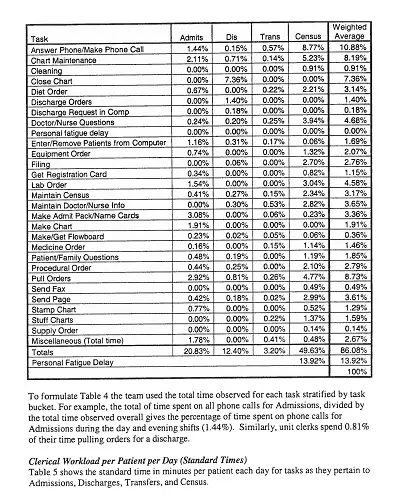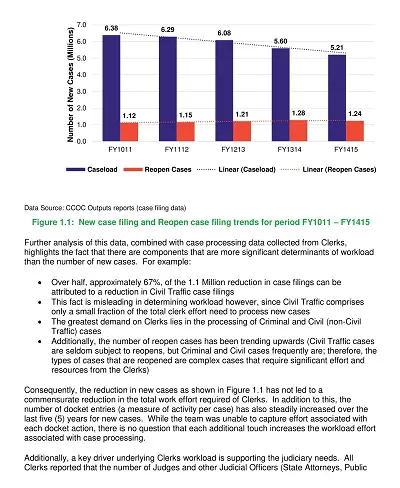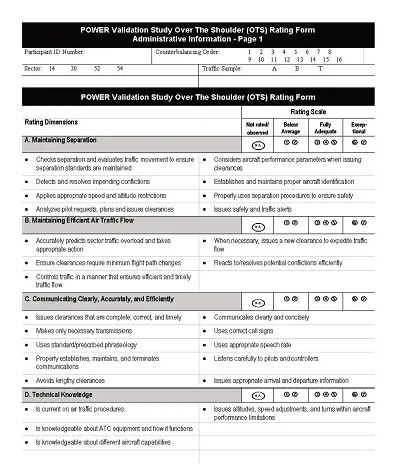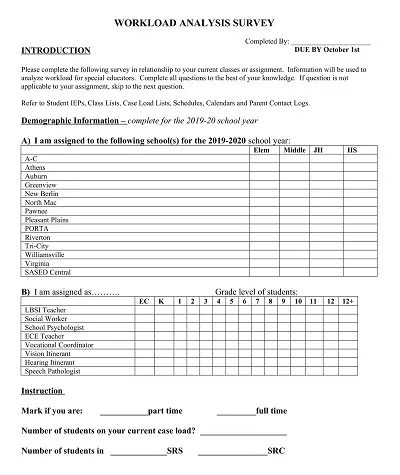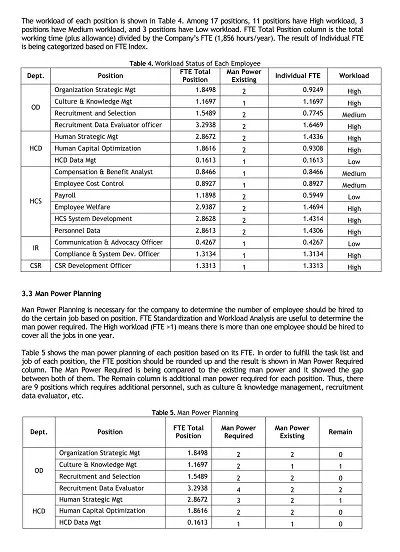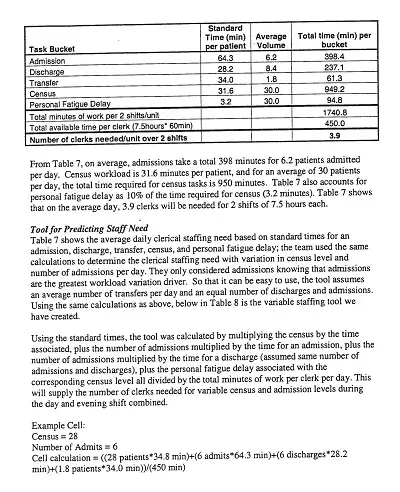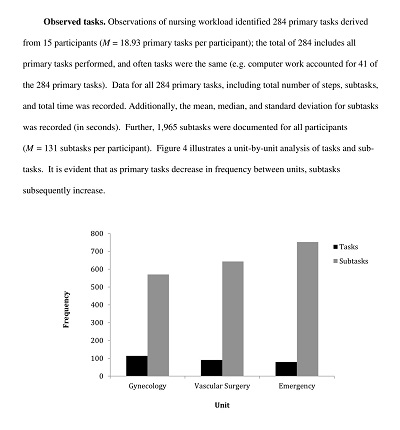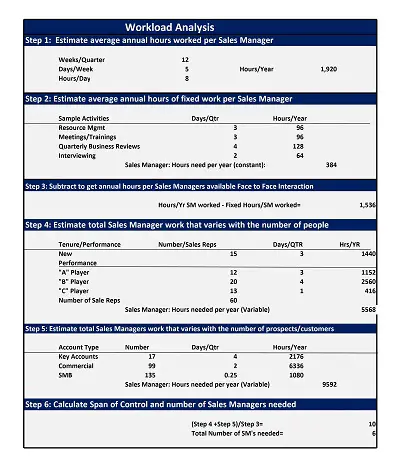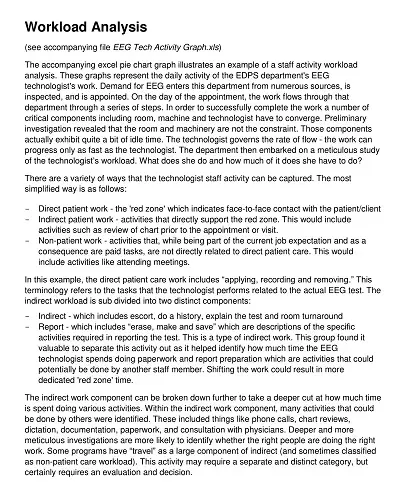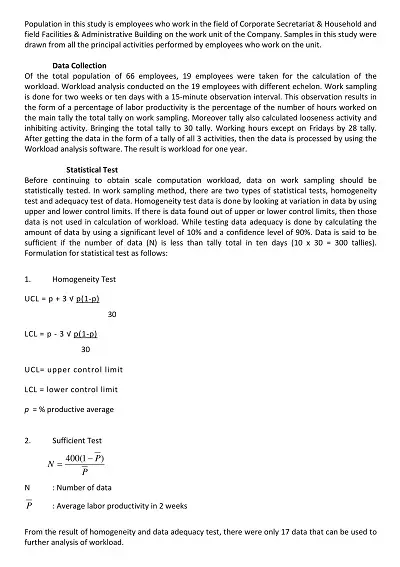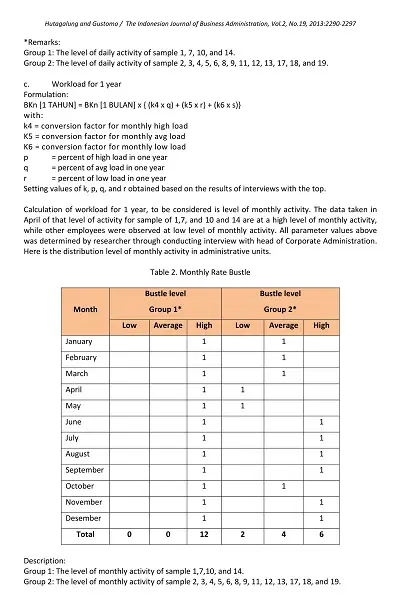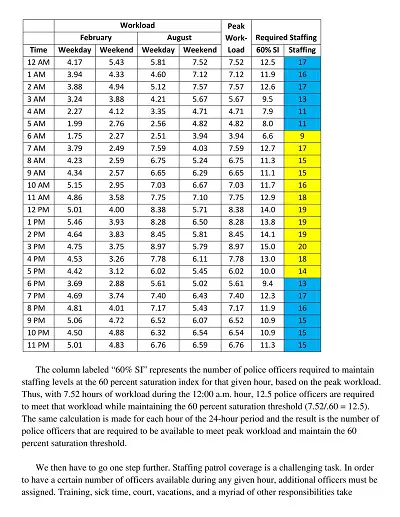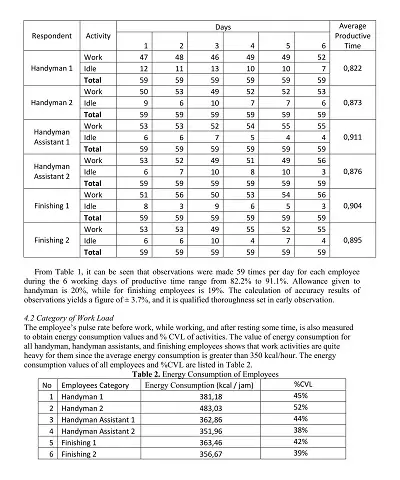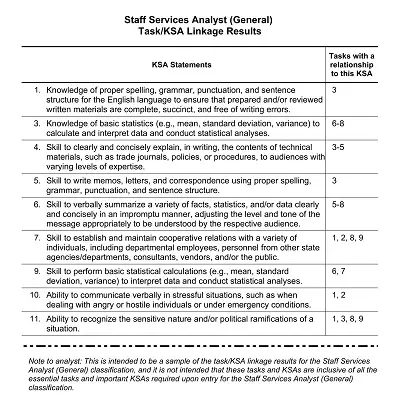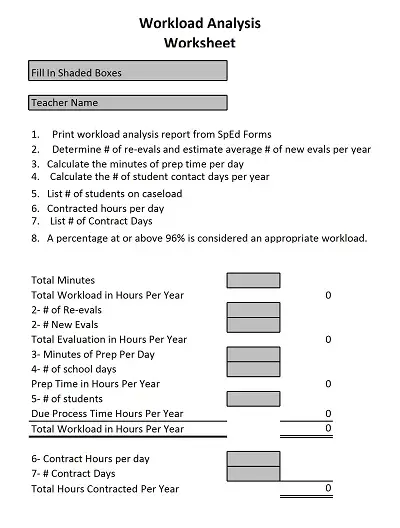25+ Free Workload Analysis Templates – MS Excel, PDF
A workload analysis template refers to a document that helps to identify the amount of work that needs to be done in a given period. This tool helps to determine the resources required, estimate the time needed, and identify the critical tasks that need attention. A workload analysis is vital in decision-making as it helps to assign workloads to individuals, teams, or departments based on their capacity and skill level.
Table of Contents
This document can be used in various fields such as project management, healthcare, education, and human resources. In essence, a workload analysis template is a valuable tool that helps businesses and organizations to optimize their productivity and ensure that work is fairly distributed amongst team members.
Download Free Workload Analysis Templates
Benefits of Workload Analysis
Workload analysis can provide numerous benefits for individuals and organizations alike. With the help of this powerful tool, businesses can identify and address bottlenecks, optimize workflows, and ensure that their employees are performing at their best. Workload analysis allows companies to plan and allocate their resources more effectively, resulting in more balanced workloads and increased productivity.
It can also help employees to better understand their responsibilities and streamline their work processes, leading to less stress and greater job satisfaction. By taking advantage of workload analysis, organizations can gain a competitive advantage, improve their bottom line, and create a more positive work environment for everyone involved.
Factors Influencing Workload in the Workplace
In today’s fast-paced world, it’s no surprise that many workers feel overwhelmed by their workload. While there are many potential factors that contribute to this feeling, one of the primary drivers is the sheer amount of work that people are expected to do. From ever-increasing job responsibilities to the constant demands of clients and colleagues, it can be difficult to find a moment to catch your breath.
But it’s not just the amount of work that can make a job feel overwhelming, other factors like tight deadlines, high-pressure environments, and insufficient resources can all contribute to the problem. Ultimately, understanding and addressing these various factors is critical for creating a happier, healthier, and more productive workplace for everyone.
Different Approaches and Methods for Workload Analysis
When it comes to assessing workload, there are many different approaches and methods that can be used. Some organizations prefer to take a quantitative approach, using metrics such as the number of tasks completed or time spent on each task to determine workload.
Others may take a more qualitative approach, relying on employee feedback or observation to gauge how much work they are completing. There are also a variety of tools and technologies available that can help with workload analysis, such as time-tracking software or machine learning algorithms. The key is to find the approach that works best for your organization and to continually review and adjust your methods as needed to ensure that the workload is being effectively managed.
Ethical Considerations in Workload Analysis
As businesses strive to increase their efficiency and productivity, the need for workload analysis becomes increasingly prominent. However, the importance of conducting such analyses ethically cannot be overstated. It’s essential to consider the dignity of employees and the potential harm that may arise from increasing workload unreasonably.
Ethical considerations must be balanced with the needs of the business, and workload analysis should be conducted in an ethical and transparent manner. Ignoring such considerations may lead to unintended consequences, such as worker fatigue and burnout, which ultimately hinder productivity and could even lead to high rates of employee turnover. Thus, businesses should take a holistic approach to cultural, societal, corporate, and individual ethical considerations when it comes to workload analysis in the workplace.
How to Create a Workload Analysis Template
Workload analysis plays a critical role in assessing the performance of businesses and organizations. Workload analysis determines the number of employees needed to perform different tasks, the time required, and the resources required for each task. Creating a workload analysis template is essential in providing a clear understanding of daily tasks to both the employer and the employees.
Identify the Factors that Contribute to Workload
Create a checklist to identify the factors that influence the workload in your organization. This checklist should cover the primary and secondary functions of every department, the volume of work, the degree of complexity, and the skill level required. By analyzing these factors, you can develop a workload analysis template that includes work and time estimates for every task.
Define job Roles and Responsibilities
It is important to define job roles and responsibilities to ensure that all staff understands their specific roles within the organization. Ensure that each role is clearly defined, and every staff member is aware of their responsibilities. It is a good idea to record the skills, knowledge, and experience required for each role. Create a table in the workload analysis template to showcase the range of tasks and responsibilities for every employee.
Determine the Availability of Resources
Resources are a critical part of workload analysis. Determine what resources are available, the number of human resources, the availability of equipment, and the daily budget for every department. Assess whether these resources are sufficient and if not, identify additional resources required.
Match Skills and Workload
It is essential to match the skill level of the staff with the workload they are assigned to. Match employees with tasks that match their knowledge, experience, and skills. You can refer to job descriptions and performance reviews to understand the employees’ strengths and weaknesses.
Create a Comprehensive Workload Analysis Template
Now that all the necessary factors are identified, it’s time to build a comprehensive workload analysis template to track your employee’s workload. Create a spreadsheet or a table that captures the workload distribution, the time taken for each task, resource requirements, and skill levels. Use simple and clear language to ensure that the template is user-friendly.

